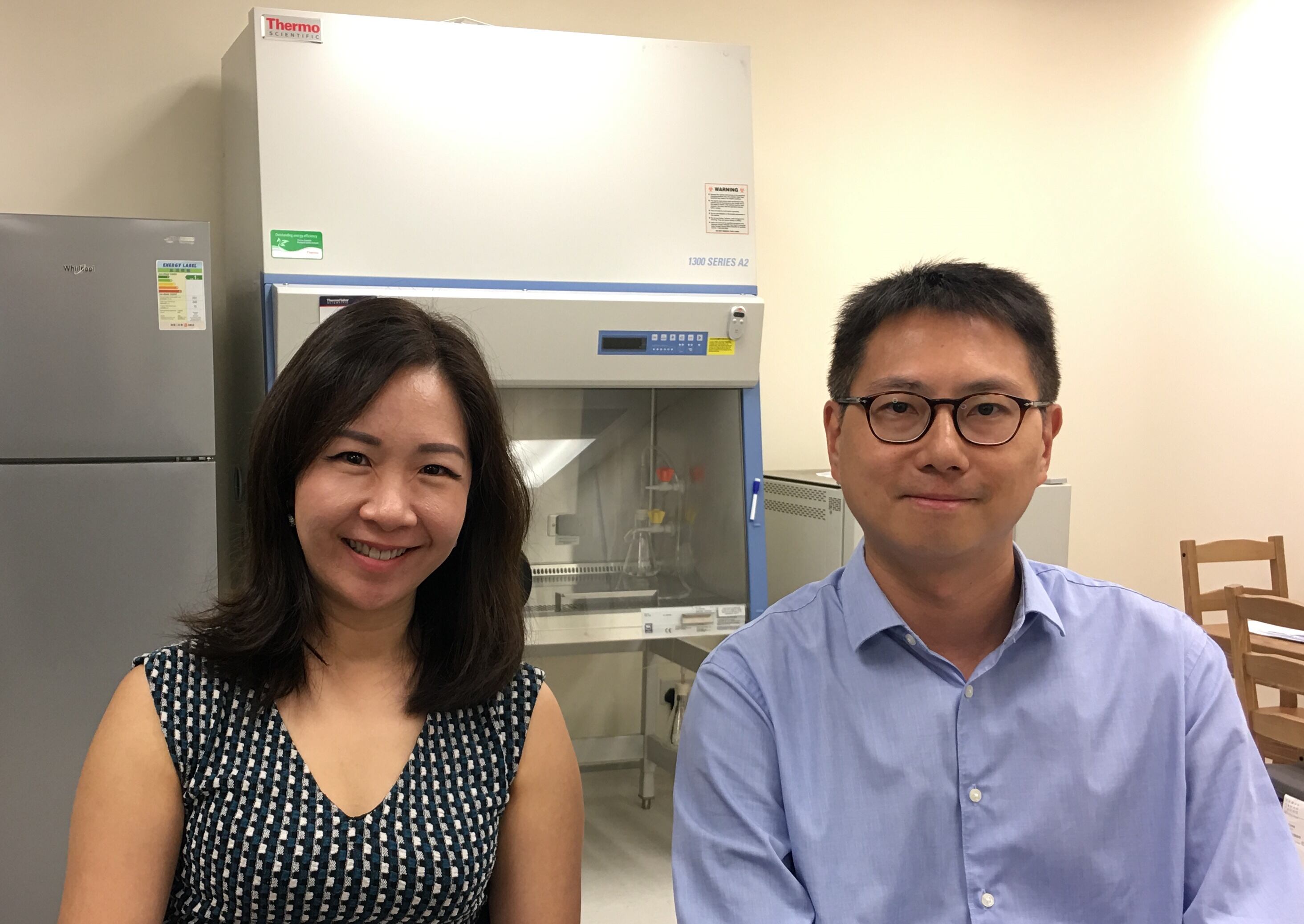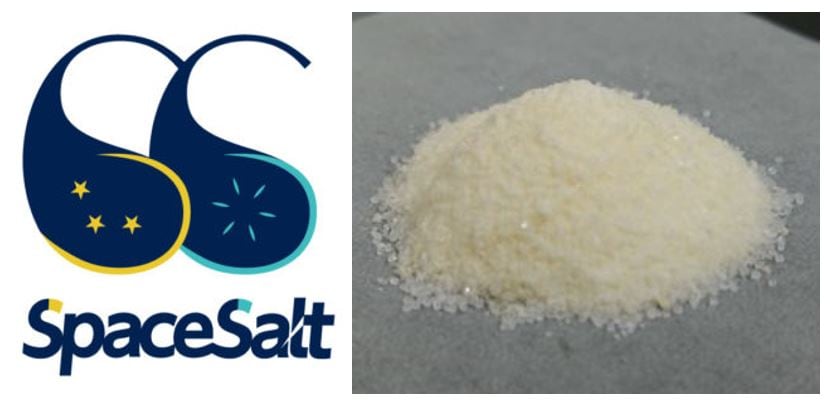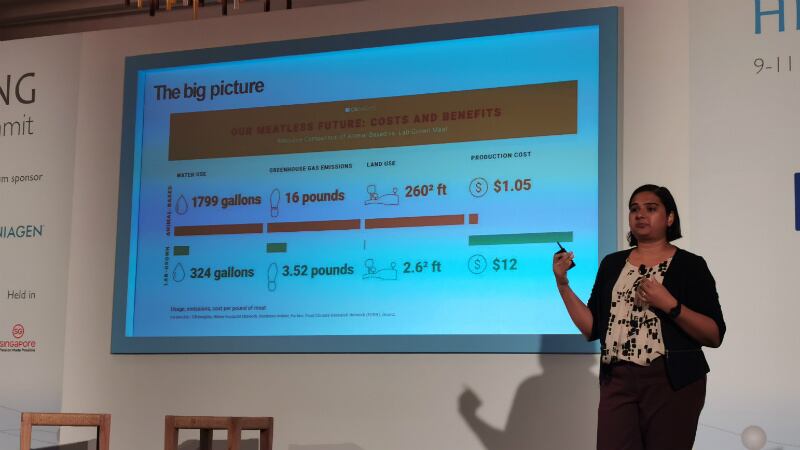Fish maw is dried swim bladder of large fish that is popular in Chinese and South East Asian cuisine.
Co-founder and CEO Carrie Chan told FoodNavigator-Asia that per capita consumption of fish and seafood in China is double the global average.
“By 2030, it is projected that more than one-third of global seafood will be consumed in China,” she said.
“We believe that an alternative method of procuring seafood is needed in this part of the world.”
Cell technology
The firm’s cell-based fish maw uses tissues from croaker fish and Chan likened the process to other fermentation processes, such as beer production.
“Basically, cell-based meats development is a midstream application of regenerative medicine technology.”
They took a biopsy of the animal tissue, and using cell technology, prepared a good population of healthy and self-regenerative cells.
Essential nutrients, such as minerals, amino acids, vitamins, glucose, were provided to the cells. Plant-based materials were used to provide a surface for the cells to grow on.
Growth factor, a protein that provides instruction to the cells to grow, was also added.
The cells were cultivated in a bioreactor that controls the growing conditions, such as temperature, acidity and alkalinity.
Taste and nutrition
According to Chan, the product will have the same mouthfeel of conventional fish maw, “without the fishy smell, due to the absence of bacteria in our production process.
“The cells in our products are the same as the cells of conventional fish maws, hence they will consist of all naturally occurring micronutrients. The plant based ingredients of the scaffold will provide extra macronutrients, such as fibre and other plant based vitamins.”
Target audience
Chan said their products were aimed at young to middle age busy urbanites who cared about their health and food safety when making food purchase decisions.
In Hong Kong, quality conventional croaker fish maws can fetch up to several hundred US dollars per kg.
They were unable to share the costs of their cell-based fish maw but added, “Our objective is to offer our products at a similar but competitive price plus a lot of better qualities to make the purchase switch a no-brainer.”
Challenges faced
Chan pointed out a key challenge facing cell-based meat companies were high production costs. One less expensive approach is to replace high specification medical grade ingredients with food grade plant-based ingredients.
Chan said the company was also focusing on a more simple product which she believes would be sold at a similar price to conventional products.
Future plans
Their products are tailored for the food culture, preferences and behaviours of consumers in China and South East Asia.
Chan said, “Surprisingly or not so surprisingly, consumers in Asia are quite open to cell-based meats. It may be attributed to episodes of food safety issues.”
She highlighted a recent survey undertaken in the USA, India and China’s consumers and their perception towards plant-based and clean meat products.
“According to this survey, 59.3% of respondents in China were very or extremely likely to purchase clean meat. In India, the percentage was 48.7%.”
In fact, the levels of acceptance were higher in China and India compared to the USA.
“This provides a very good market outlook to the cell-based meats industry. As long as we deliver good products, we believe that the adoption rate will support the growth of this food innovation.”
Besides fish maw, the company is also exploring opportunities for filets and sea cucumber.




